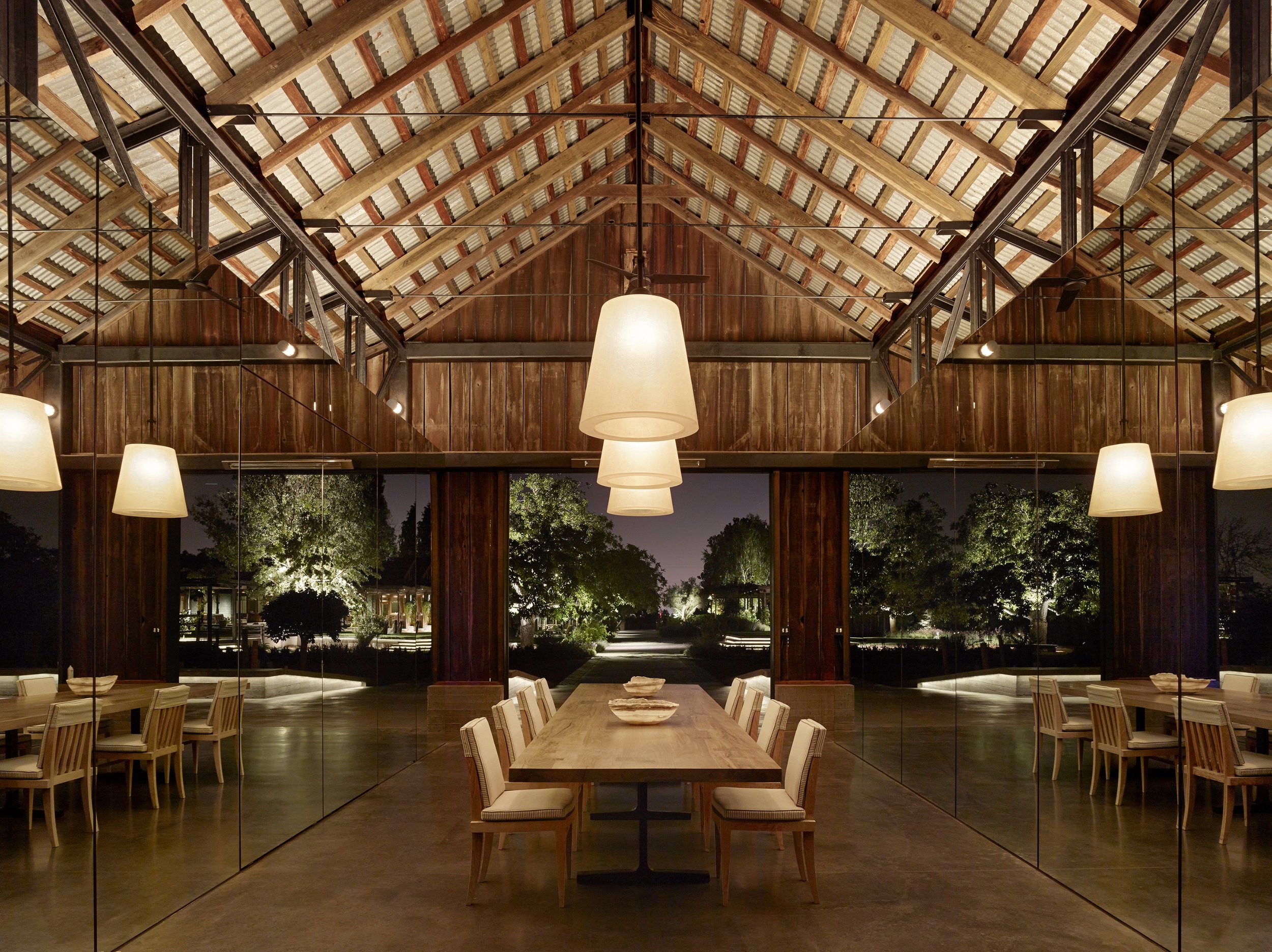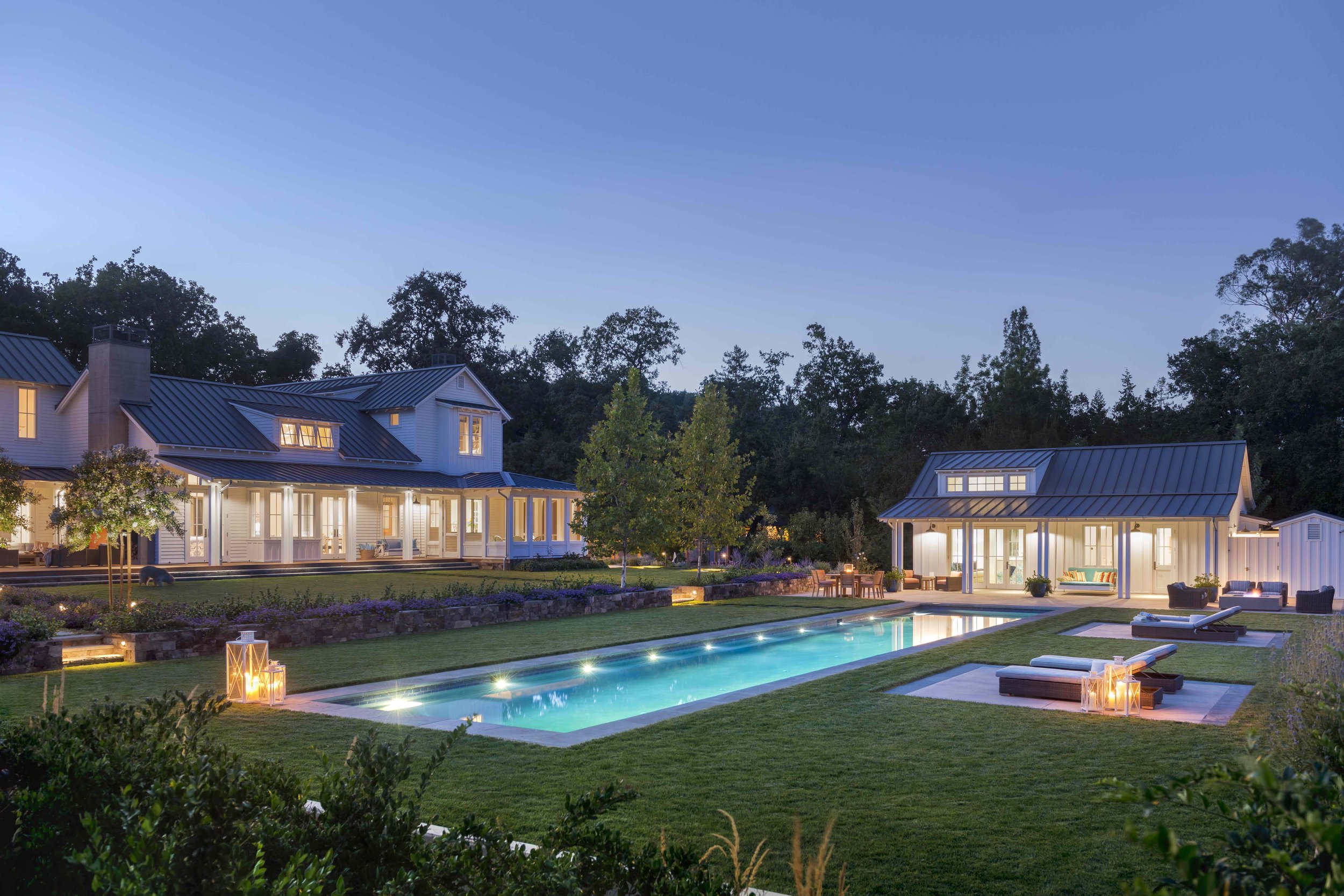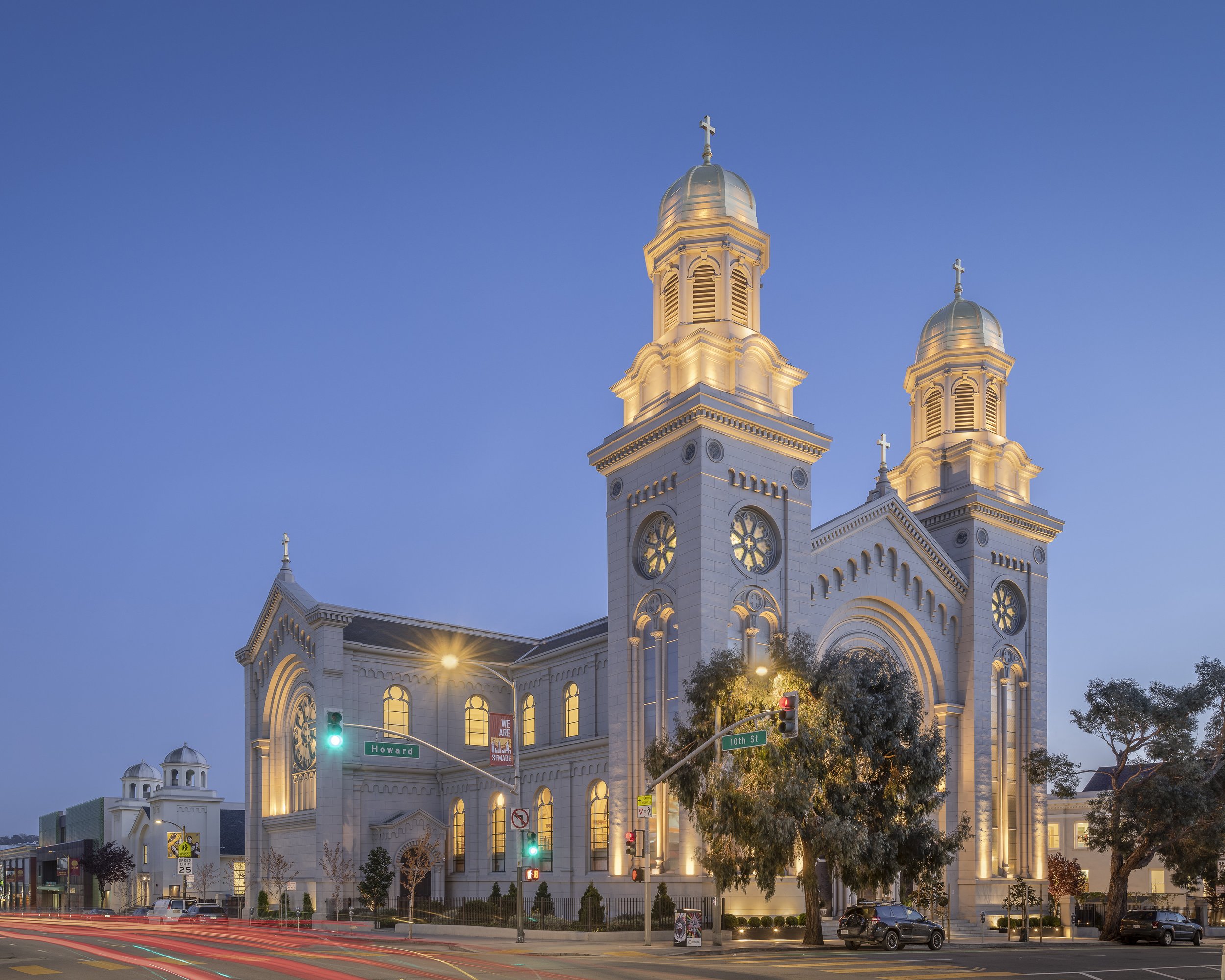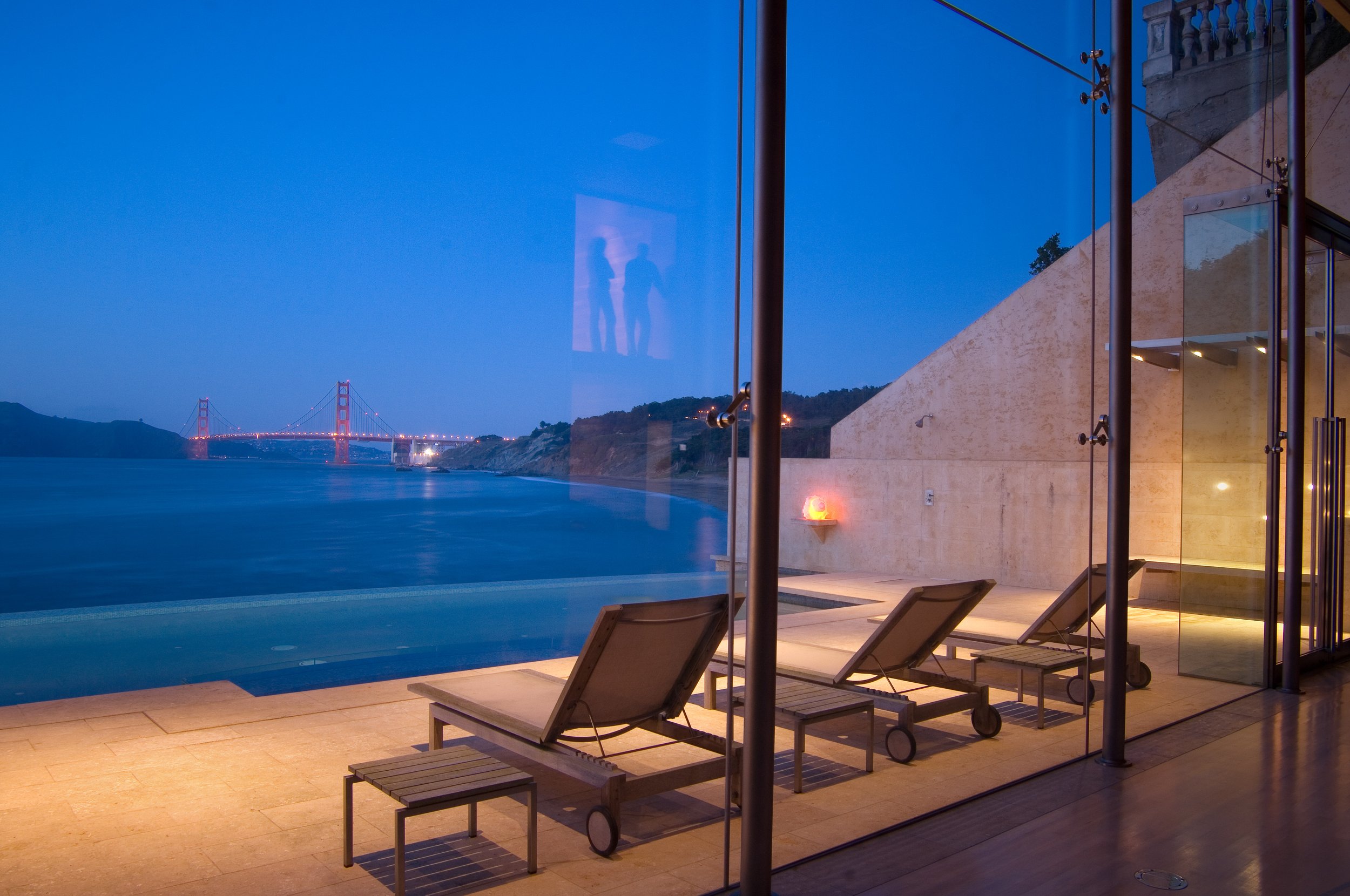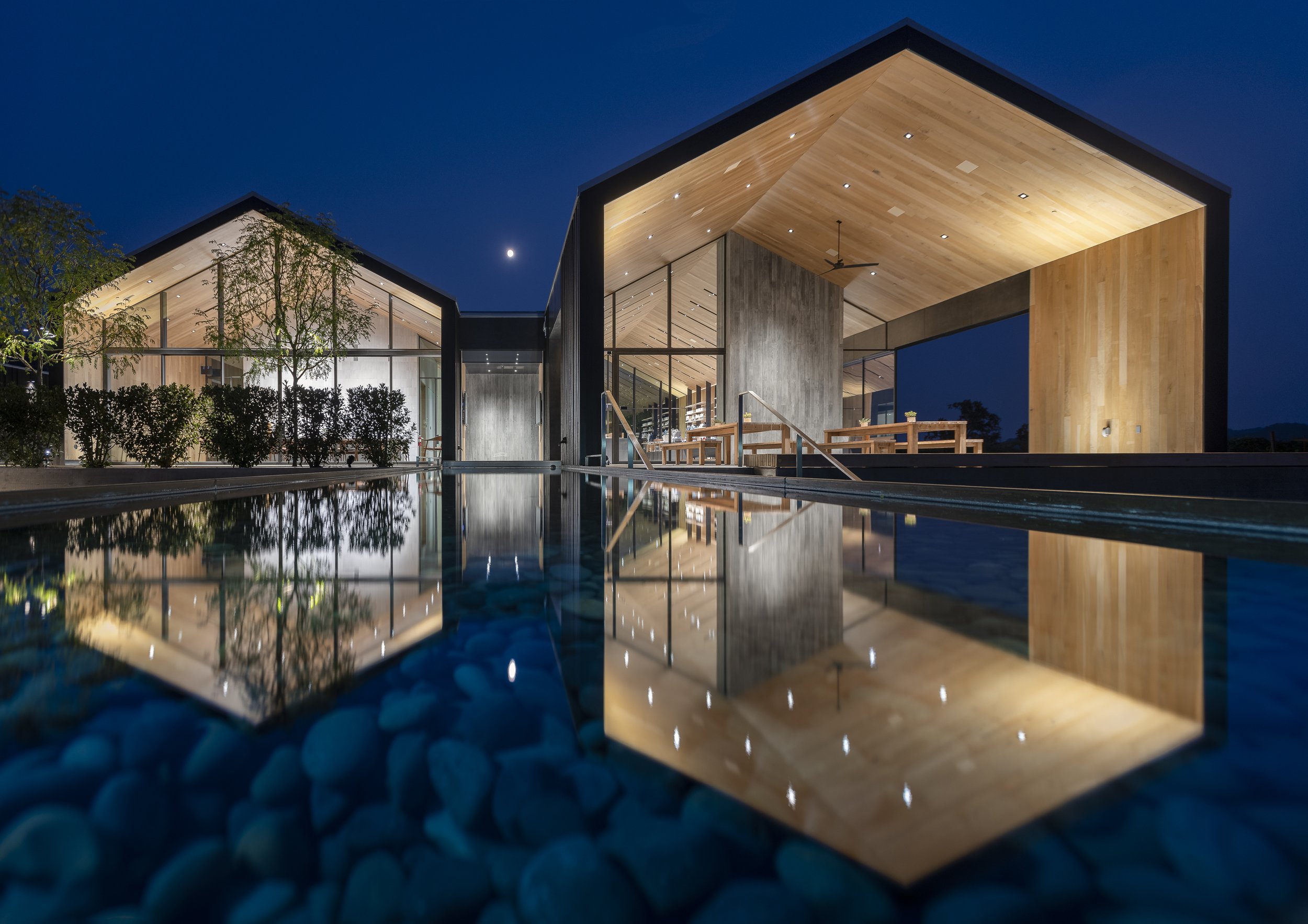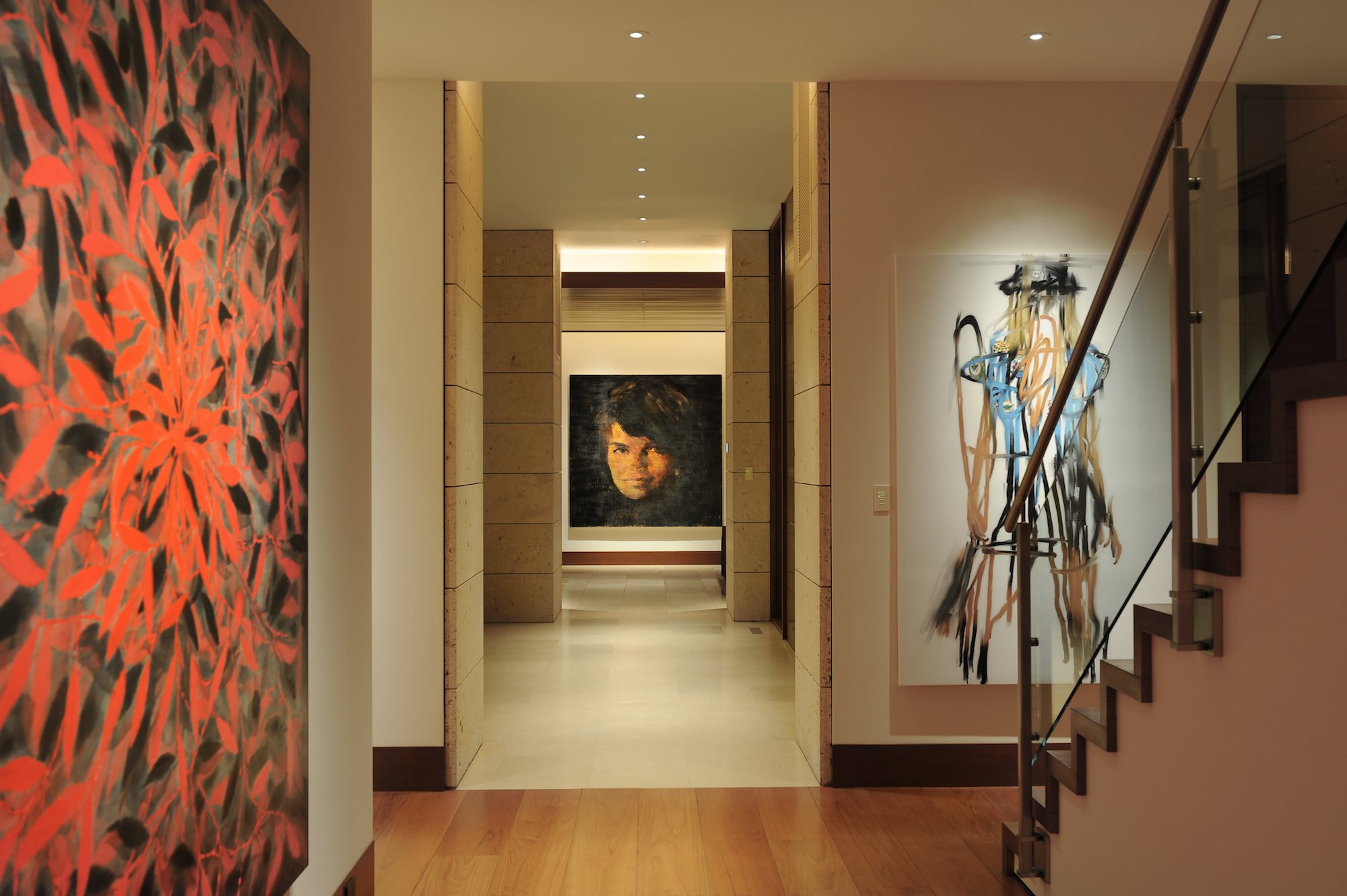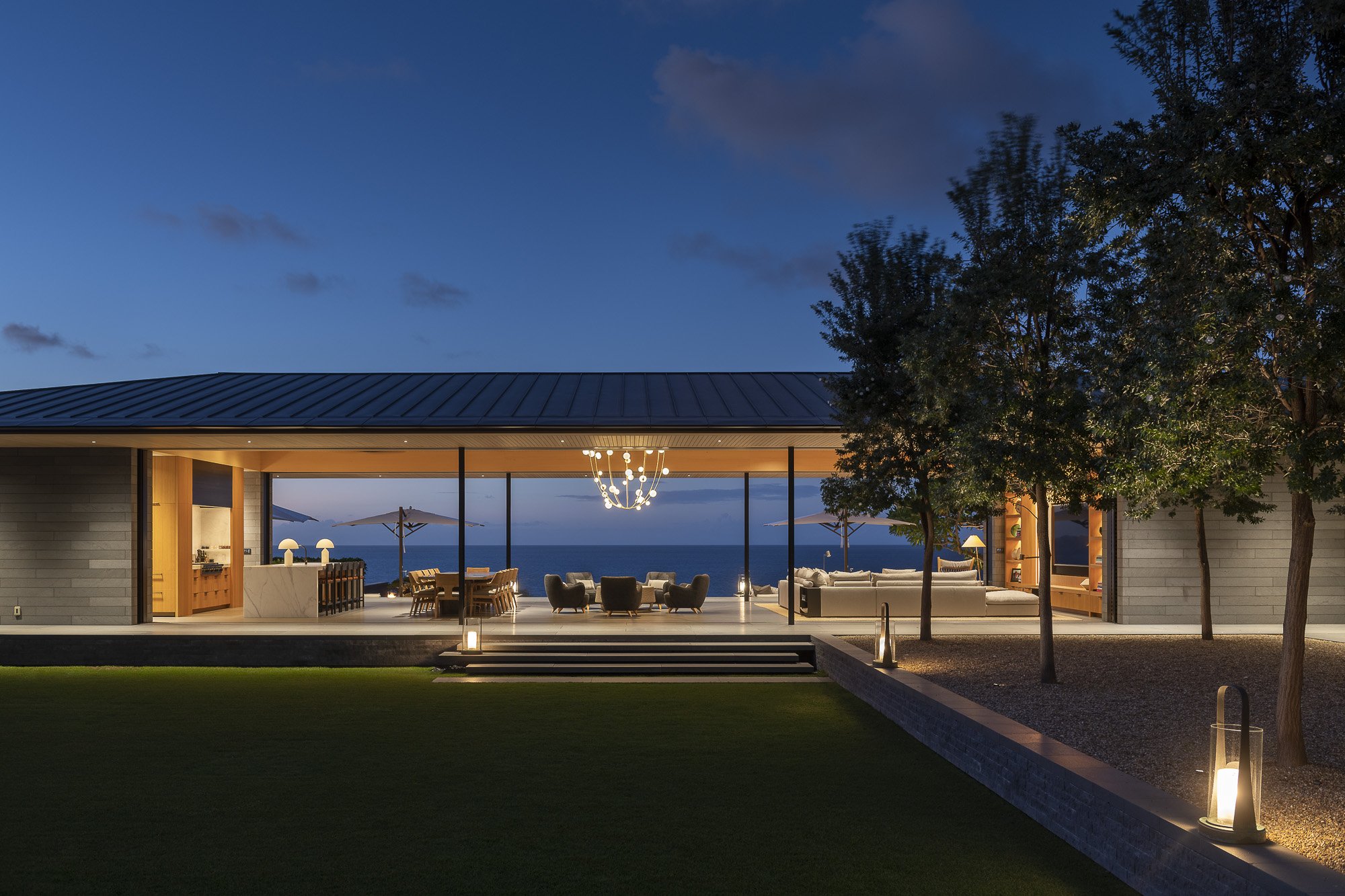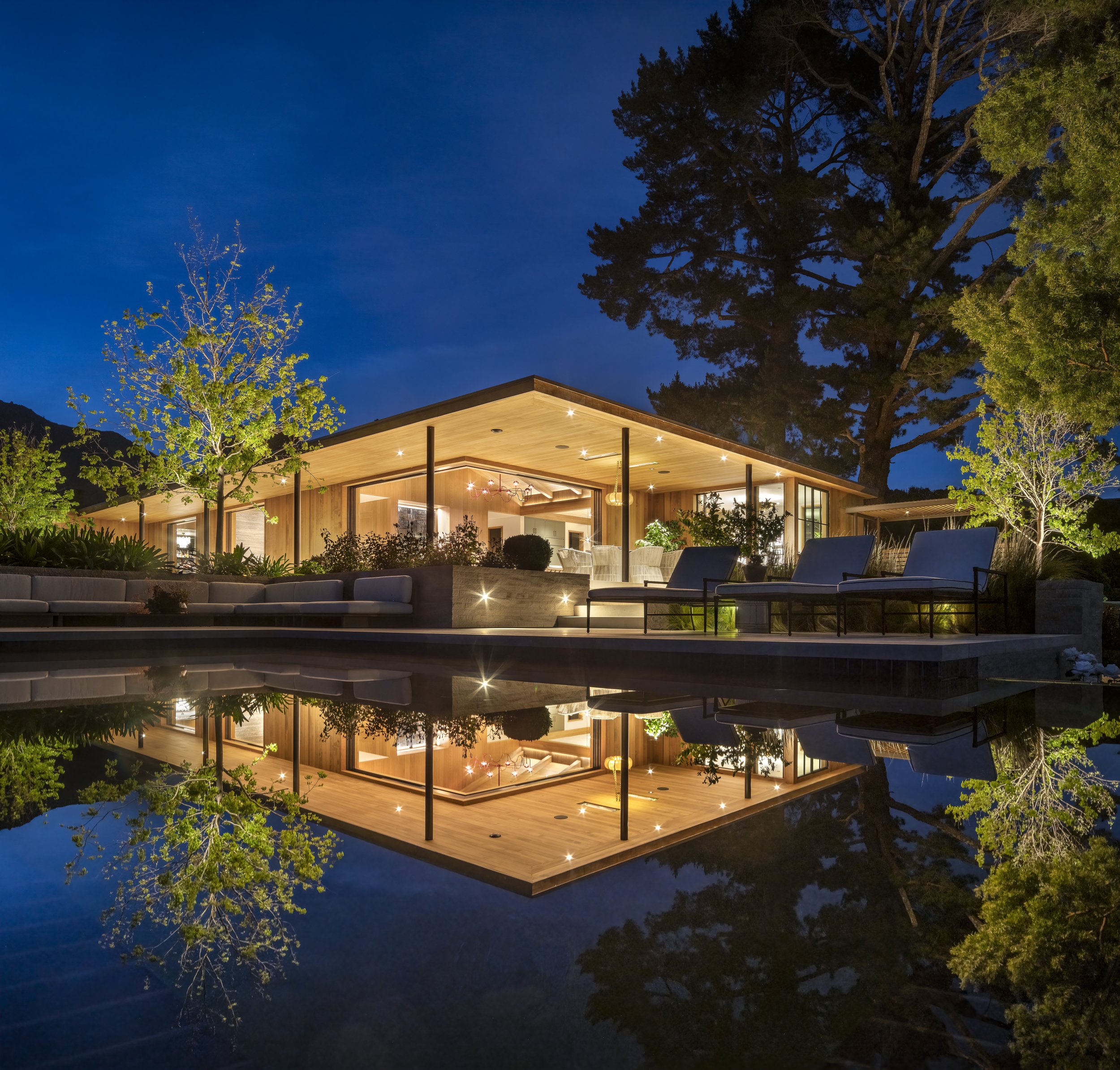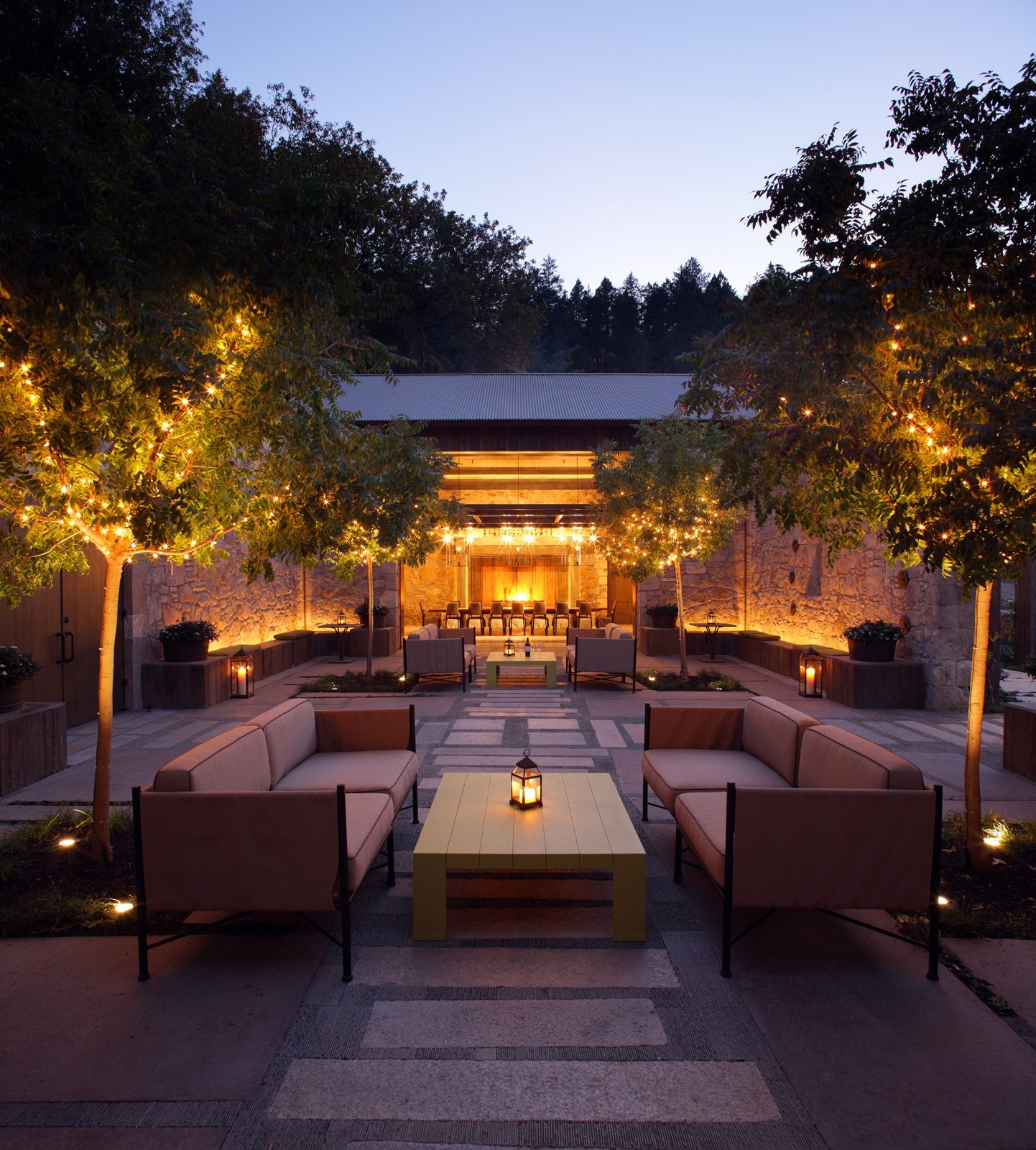#260 - ERIC JOHNSON, Founder and Principal of EJA Lighting Design
SUMMARY
This week Eric Johnson, Founder and Principal of EJA Lighting Design joins David and Marina FAME Architecture & Design to discuss the role and value of the lighting designer, common lighting flaws, working with architects, lighting different types and styles of architecture, lighting technologies, key qualities of a good lighting designer, and more. Enjoy!
ABOUT ERIC
As a second-generation lighting designer, Eric Johnson’s career spans over forty years. After working in the family lighting business since high school (Artistic Lighting & Electric), which included years of lighting design, manufacturing, and installation of framing projectors, and later working as a lighting designer with Spectrum Engineering in Salt Lake City, Eric established his own firm, Eric Johnson Lighting Design, in 1995. In 2000, he created Eric Johnson Associates, Inc. and began hiring a team of lighting, controls and CAD professionals. As the team continued to grow, in 2019 Eric Johnson Associates, Inc., became EJA Lighting Design, Inc.
Eric’s areas of expertise include lighting for traditional to contemporary architecture, designing sophisticated lighting control systems, evaluating the latest energy efficient lighting products/technology, and incorporating them into his designs.
Eric has collaborated with world-renown architects and designers, managed projects across the U.S. and abroad, and has advised many lighting manufacturers and lighting technology companies on product design, functionality and technical viability. His work consistently wins respect from colleagues and has garnered a solid reputation in the lighting design industry.
TIMESTAMPS
(00:00) The value of the lighting designer.
“I think a lot of the architects and designers over the years have realized that because of code requirements and technology changing every day, it’s really not smart to not pull in a lighting expert because it can backfire on the team. If you say, “Oh we don’t need a lighting designer.” And then you try to pull it off and the client is really upset, then you have to call someone like me to say, “Well, you have the wrong color temperature. You’re switching isn’t great.” (04:32)
(06:00) Incorporating new lighting into an existing building.
“There is a lot of old halogen and incandescent projects. We’ve found there’s not a lot of products that make good retrofit lamps. We do a lot of testing in-house and we’ve found a few that we think works well, but the problem is that you’re putting new technology into an old fixture that was designed for incandescent halogen and it might not work too well. You might get flickering, you might get dimming issues. It’s not a solid system. […] These [lighting] companies are putting huge amounts of research and design into trying to make this type of universal product that can be put into all these different lighting fixtures… and I think it’s come a long way in the last few years, but it’s never going to be perfect… it’s never going to be the final answer.” (06:10)
(10:33) Hiring and working with a lighting designer. Meeting energy code requirements and supply chain issues.
“Back in the day architects could do a pretty generic light plan and not have specifications and minimal information and pass the permit process. Now, depending on the city and county, there’s just a lot of information that needs to get on the drawing.” (13:29)
(20:37) LEDs, color rendering index, color temperature, mockups, light quality.
“We have a ton of different products that we can take in our lab and show our clients in, a dark space, the differences. We have a color board [in the office] that allows you to see the color rendering really well. If you looked at two recessed lights with different technology and you turned them on one at a time, you’d say, “Oh that one looks really great!” But when you turn them both on you’ll see a difference. And they might have the same technical specs—same CRI, same everything—but the quality of the chip [could be different]. The side-by-side comparison, every time we do this in-house, we’re shocked.” (31:51)
(36:32) Lighting the exterior of buildings and the landscape. Integrating lighting with architecture, interiors, and art.
“I always say, “Really good lighting really isn’t noticeable. You don’t notice it. [versus] walking into a space and the lighting is just in your face— whether it’s decorative or it’s just ‘blingy’…” I was trained where integrating the lighting as best you can [by] using the minimal amount to get the desired effect and really blending it in into the architecture and working with the design [is the preferred outcome]. We do go for a very integrated look, where we are not trying to draw attention to the lighting. As a company, that’s not what we are about. Not to say that there might not be a decorative fixture that’s crazy or really cool but in general, it’s really how can we do this without a big impact from the lighting. It really shows off the architecture, interiors, and art mostly. It’s not about us.” (39:22)
(46:15) EJA’s lighting design process: Visualizing lighting and visiting the site for fine-tuning.
“That [the final onsite tuning] is the key piece. If that’s not done, it’s almost a waste of effort to pay somebody to do lighting design because it’s all about the adjustment and scene settings. Our projects are typically heavy on art, so adjusting to art accents is critical or even furniture, tables, tasks. For us, we wait until the entire house is furnished, art’s up, it’s done, everybody’s left and then we go in with our equipment. To tune it, adjust, set the levels, is really the gratification of all your work comes to a head. […] It’s a critical piece, to understand what the light is doing in real-time.” (52:15)
(58:00) Adjusting complex lighting scenes and “smart-home” technologies—app and voice-controlled lighting.
(01:07:44) Common building lighting flaws and challenges with lighting design.
(01:19:50) Lighting designer qualifications and education.
(01:28:40) Lighting traditional and modern buildings. Lighting design experience and styles.









